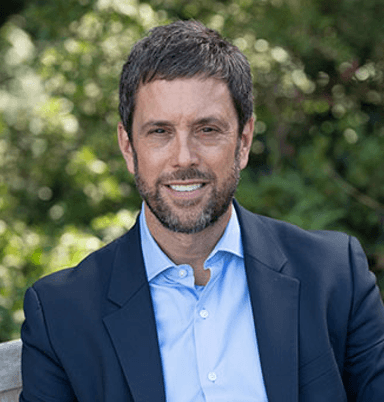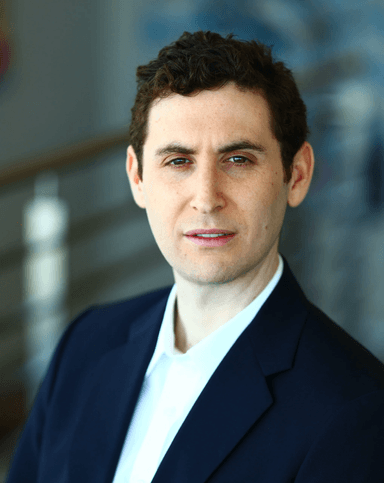

Steve Williamson · Nathan Werksman
$10,000,000 Trip and Fall Verdict
![]() April 24, 2024 ||TLU n Demand
April 24, 2024 ||TLU n Demand
Case had its venue in Supreme Court, Bronx County, in New York City.
The case arose from a trip and fall accident that occurred on March 4, 2017, in the Visual Arts Center at Sarah Lawrence College in Bronxville, N.Y.
Although comparative fault was a big issue in the case and at trial, the jury found 100% fault against Sarah Lawrence College and determined that Ms. Bako did not cause or contribute to the accident.
With respect to negotiation, the College’s insurer refused to make any significant offer before trial. At trial, the Judge attempted to negotiate a settlement and recommended that the carrier offer $1 Million Dollars to resolve the case, but they refused, and the matter proceeded to trial.
In March, 2017, Yolanda Bako was a 71 year-old retired woman who lived alone on a meager fixed income in the Bronx. Although she was retired from various clerical positions, in her earlier years Ms. Bako was very active in the Women’s Rights Movement, participating in various initiatives and protests, particularly in the area of protecting women from domestic violence.
On March 4, 2017, Ms. Bako visited Sarah Lawrence College to attend a Women’s History Conference that the College hosted annually. After a luncheon in the College’s Visual Arts Center, Ms. Bako was walking to an elevator to attend an afternoon session seminar when she tripped on the base of an art installation that was on display. She fell to the floor.
Although she was helped up and briefly attended her seminar, she soon asked for help and EMTs were called to the scene. She was taken to the hospital and diagnosed with a minimally displaced right hip fracture that required open reduction internal fixation surgery. After this surgery, she had a poor recovery and developed some complications that added to her damages and resulted in two additional surgeries.
From the initial fracture and ORIF surgery, Ms. Bako developed a significant re-activation and aggravation of a preexisting incontinence problem which made her stays in the hospital and rehab facilities very uncomfortable. Despite treatment, this bladder control condition persisted and was claimed as a complication from the original hip injury.
Because of her age and frail bones, the ORIF surgery failed and she underwent right hip joint replacement surgery approximately three months after the initial trauma.
Approximately two years later, Ms. Bako underwent joint replacement surgery for her other hip, the left side, which was not injured in the accident. Nonetheless, we claimed the left hip replacement, arguing that it was a consequential /secondary injury stemming from the original injury to the other hip. Specifically, we alleged that the original fracture and two surgeries on the right side destabilized her entire pelvis and caused accelerated degeneration /collapse of the left side, necessitating a joint replacement surgery that otherwise would not have been necessary.
As Ms. Bako was retired, no lost earnings claim was alleged. We did have a life care plan that included home care and totaled just over $3.6 Million.
Ms. Bako had an extensive, well-documented prior medical history that included osteoarthritis throughout her body, joint pain, hand and foot pain, pain throughout her body, spine pain, insomnia, incontinence, nocturia, and depression. In the year before the accident, she had applied for disability transportation services, saying that she was too infirm to use public transit.
The defense disputed liability, arguing that the condition was “open and obvious,” violated no safety standards and was easily avoidable. The College alleged that Ms. Bako was not paying attention, walked into the art installation and caused her own accident.
On damages, the defense argued that most/all of her complaints and limitations were related to her age-related preexisting conditions, that the incontinence was preexisting and entirely unrelated to the accident, and that her left hip replacement surgery was from old age and also unrelated to the accident. The College argued that Ms. Bako’s own medical records indicated that before this accident happened she was already suffering with pain, lacking mobility, and in need of medical/home care. On this basis, they alleged that the life care plan was excessive and unrelated to the injuries caused by the accident.
Strategies & Tactics Used at Trial – Discussion Points:
VOIR DIRE & OPENING –
*Winning the Comparative Fault Fight by Acknowledging Plaintiff’s Role in the Accident
*Contrasting Plaintiff’s Acknowledgement against Defendant’s Denial of Fault
*Overcoming your Weaknesses by Admitting Them and Giving Them Proper Context
*Beyond the Admission of Weaknesses – Weaving the Weakness into your Story
*Taking Advantage of How Defendant Blames Your Client on Liability & Damages
*Showing How the Blaming Starting at the Accident and Continued Through Trial
*Elderly, Infirm Clients and the Egg Shell Plaintiff
*Establishing Your Credibility and the Reasonableness of Your Position
*Putting the Defense on Trial – Exposing the Fallacy of Denial and Blame
*Framing MONEY
*Mining for Bias
MEDICAL ISSUES –
Turning Age to Your Advantage
Embracing the Preexisting Conditions & Increased Susceptibility
Aggravation /Exacerbation
Secondary /Consequential Injury
VISUALS DURING DIRECT EXAM –
Photos Tell the Story and Corroborate the Testimony
PREPARATION OF THE PLAINTIFF TO TESTIFY EFFECTIVELY –
Show Don’t Tell
Fighter not Victim
Don’t take the Bait
EVIDENCE –
Turning an Unfavorable Accident Report into your Best Friend
CROSS EXAMINATION –
Gaining Admissions
Telling Your Story Through the Defense Witness
Showing the Absurdity of the Defense Position
Gain Ammunition for the Argument about Defense Motive
CLOSING –
Shifting from Shared Responsibility to the Total Win Based on the Evidence
Connecting back to Voir Dire & Opening
Calling out the Defense Tactics and Getting the Jury Displeased with the
Defense
Reminding about the Forever Verdict
Using the Verdict Sheet
Asking for Money
If you can't attend Live, Watch On Demand